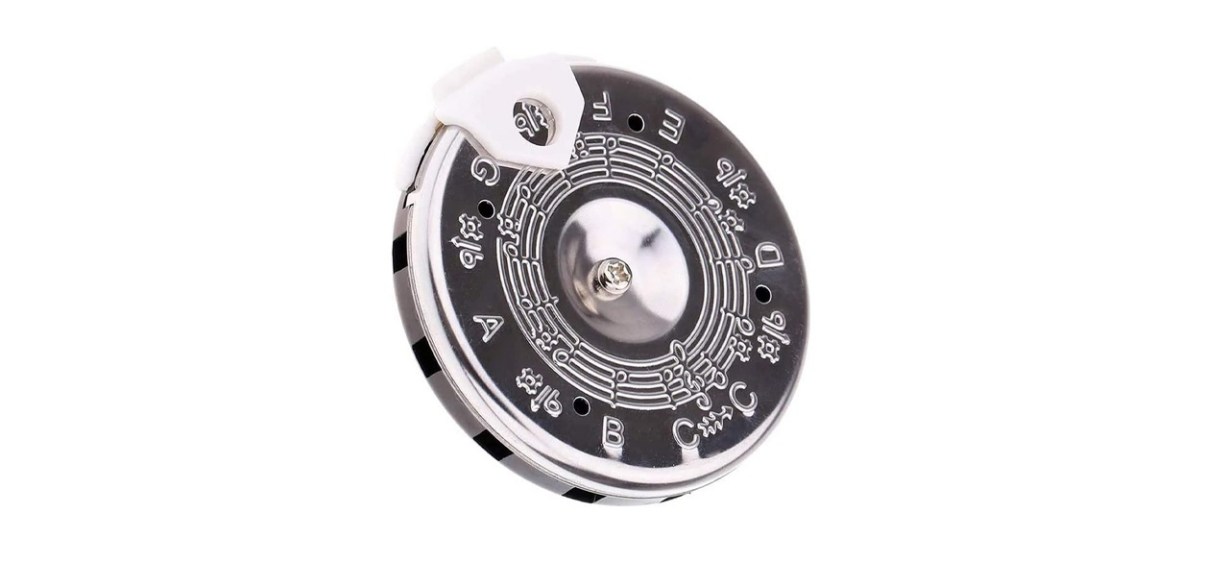Maintaining ukulele strings
The ukulele is an affordable and fun instrument to play, and a good model will bring you many years of pleasure. However, most musical instruments require some degree of maintenance, and stringed instruments, in particular, need regular care to preserve their tone and playability.
While nylon strings do not deteriorate as quickly as their metal-wound counterparts, it is good practice to keep an eye on the state of your instrument and change your strings often.
When should you replace ukulele strings?
You should replace your strings once they lose their tonal brightness or show signs of wear or discoloration. This way, you can avoid inconvenient string breakages while ensuring that you sound your best and your technique is not impaired.
You may also wish to experiment with different string gauges and materials to find the combination that sounds and feels best, according to your musical preferences. This requires time and patience to replace the strings and let them settle after stretching and then to play them for a while to learn their unique qualities.
A single string often must be changed immediately following a breakage. In this instance, it is essential to be well-versed in string replacement, carry a spare set and keep the necessary tools on hand, especially if you are playing as part of an ensemble or regularly perform live.
Removing your old ukulele strings
While many players like to attack their old ukulele strings with a pair of wire cutters, this is not the recommended removal technique. Most professionals adhere to a slow and steady method, whereby the strings are slackened and replaced one at a time. This allows the instrument to adjust to the change in tension gradually and avoids undue stress on the neck.
Loosening the string
Start loosening the string by turning the ukulele’s tuning peg until it completes a couple of revolutions and the string slackens and lays against the fretboard. It can then be unwound by hand until you can entirely remove it from the instrument’s headstock.
Removing the string
Once it is free from the tuning peg, the string can be wriggled at the bridge until the knot comes loose. Nylon strings usually untie easily, but you can use a pair of needle-nose pliers if the knot is incredibly tight.
Attaching your new ukulele strings
Before taking the plunge, save yourself time and energy by arranging your strings to ensure that you don’t accidentally change the wrong one. While strings usually come packaged in the correct sequence, it doesn’t hurt to double-check!
Threading the string
Put one end of the new string back through the bridge, ensuring that your selected string coincides with the correct hole. With traditional strings, be sure to leave about three inches of string trailing from the back of the bridge to tie the knot. If you have ball-end strings or bridge pins, ignore the next step, as these don’t need to be tied.
Tying the string
Once your string is in place, take the short end up and over the top of the bridge, loop it under the long end of the string and bring it back to the bridge. Pass the string back under itself and wrap it around twice. Finally, place a finger on the knot and pull the long end of the string until the knot tightens against the bridge.
Tightening the string
Insert the free end of the string through the hole in its corresponding tuning post, then pull it back two to three frets to give you plenty of slack. You may then manually wind it around the tuning post as neatly as possible before tensioning the string using the tuning peg. The first loop must go above the string’s free end, and all others must wrap around underneath it, sandwiching the free end between the coils. Ensure tat all strings are wound in the correct direction around their tuning posts, with each facing the inside of the headstock.
Tuning the string
Take the string’s free end and snip off the excess, leaving a neatly wound capstan remaining. Repeat this process until all strings are replaced and tensioned, ready to be tuned. Be sure to stretch the strings gently, applying tension slowly. Finally, tune the strings to pitch using a set of pitch pipes or a digital tuner to ensure that you don’t over-tension the strings, as this can result in damage or even breakage.
What you need to buy to restring a ukulele
Aquila New Nylgut Ukulele Strings
These much-lauded ukulele strings are designed to synthesize traditional gut strings and are renowned for their longevity and tonal qualities.
Sold by Amazon
This handy little tool comprises a pin-puller, string winder and wire cutter in a single compact unit.
Sold by Amazon
Want to shop the best products at the best prices? Check out Daily Deals from BestReviews.
Sign up here to receive the BestReviews weekly newsletter for useful advice on new products and noteworthy deals.
Luke Mitchell writes for BestReviews. BestReviews has helped millions of consumers simplify their purchasing decisions, saving them time and money.
Copyright 2022 BestReviews, a Nexstar company. All rights reserved.



































































